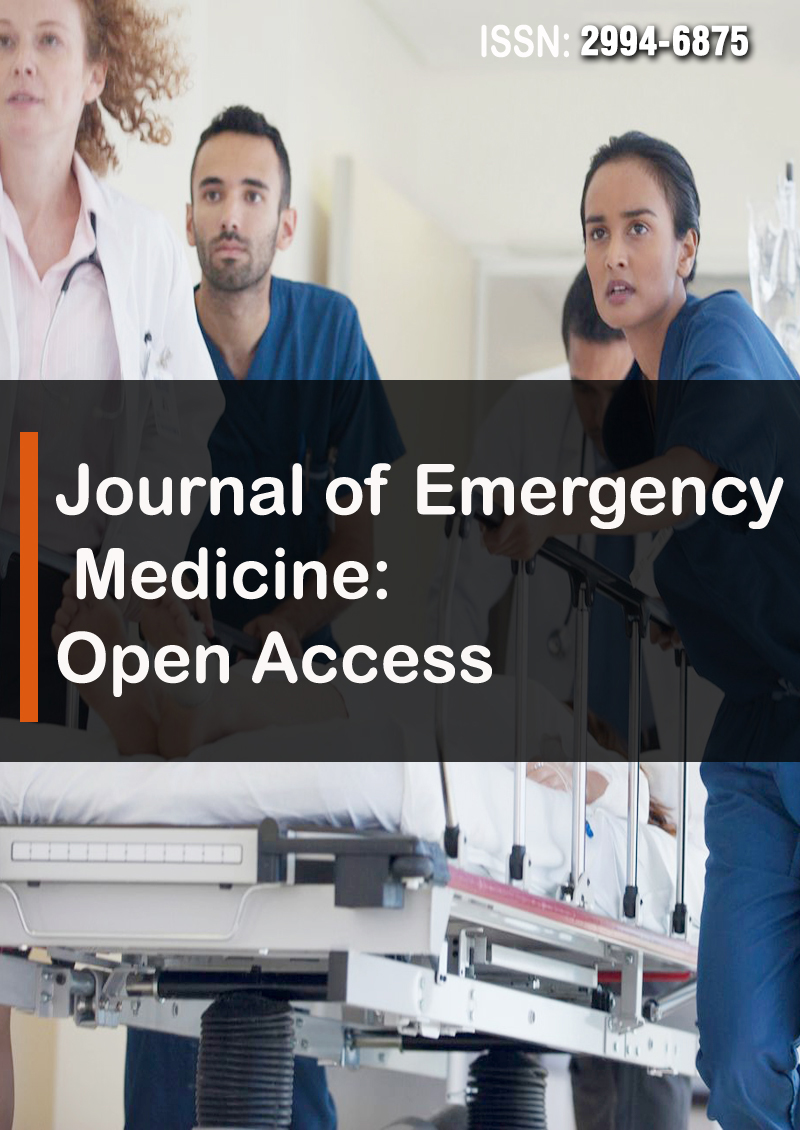Factors Associated with Potentially Life-Threatening Maternal Conditions in Two Large Hospitals in Ghana: A Case Control Study
Abstract
Nana Yaw Peprah, Keziah Laurencia Malm, Donne Ameme, George Asumah Adu, Samuel Sackey, Akosua Gyasi, Eunice Peprah, Constance Bart-Plange, Alfred Yawson, Kofi Nyarko, Ernest Kenu, Edwin Afari
Background: Ghana’s estimated maternal mortality ratio of 391 per 100,000 live births is one of the highest in the world. Therefore, the country has made efforts to reduce it. To achieve a significant reduction in maternal mortality, there is a need to give serious consideration to the risk factors of potentially life-threatening conditions (PLTC), as some may lead to death. We therefore determined factors contributing to potentially life-threatening maternal conditions in Suntreso and Kumasi South Government hospitals in the Ashanti region of Ghana.
Methods: A facility-based case control study was conducted at the Suntreso and Kumasi South Government Hospitals of Ghana between January 2015 and June 2015. Cases were recruited consecutively as they presented, whereas controls were selected randomly around a case. Cases were women admitted to hospitals during pregnancy, delivery, or within 42 days of termination of pregnancy and fulfilled WHO criteria PLTC, while controls were women admitted and gave birth by normal vaginal delivery. The interviewer-administered structured questionnaire and data abstraction tool were used to collect data, with data entry and analysis done with Epi Info 7. Univariate analyses of categorical variables were expressed as frequencies and proportions. Factors independently associated with PLTC were determined by multivariable analysis at a significance level of 5%.
Results: Among 2,238 pregnant women, 71 (3.2%) with potentially life-threatening conditions (PTLC) were identified. The most diagnosed potentially life-threatening condition was postpartum hemorrhage (57.7%). Risk factors for potentially life-threatening conditions identified were preterm delivery (<37 weeks) [aOR = 7.8, 95% CI: (3.0–20.2)], caesarean section in current pregnancy [aOR = 9.7, 95% CI: (3.1–30.2)], and anaemia during the current pregnancy [aOR = 8.1, 95% CI: (2.9–22.2)].
Conclusion: Factors associated with PLTC were preterm delivery, caesarean section in current delivery, and anaemia in current pregnancy. The hospitals should use factors identified in categorising high- and low risk patients and put in interventions to reduce the risk identified, which will subsequently help reduce maternal mortality.



